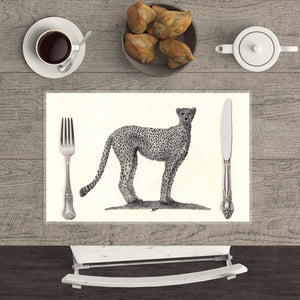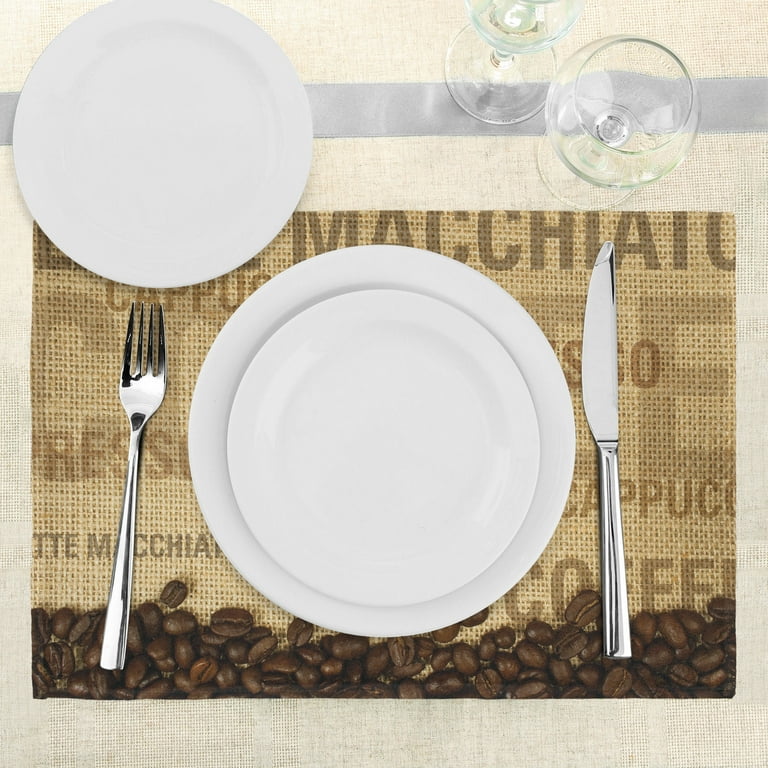What Does Unique Art Do?
What Does Unique Art Do?
Blog Article
Examine This Report about Unique Art
Table of ContentsThe smart Trick of Unique Art That Nobody is Talking AboutThe 30-Second Trick For Unique ArtIndicators on Unique Art You Need To KnowThe Facts About Unique Art RevealedWhat Does Unique Art Mean?
While one may dispute which art type holds precedence, the truth continues to be that each of these seven types gives a distinct home window right into human background, culture, and advancement. Unique Art. They are the tapestries that chronicle our journey, reminding us of our past while motivating visions for the future
3 Emil DervishIn this entrance by Emil Dervish that stunning cobalt blue door takes the show. To bring also much more dramatization, he extended the paint. to the doorframe and the wall surface up, finishing in an arched form (Unique Art). The contours, together with a spherical sconce, soften the edges. After that frames vintage posters and maps of precious areas set the scene.
Unique Art Can Be Fun For Anyone
8 TRIA GIOVANEqual parts grand and laidback, this entrance hall designed by Anthony Baratta is the perfect plan to comply with if you're embellishing a formal entrance that still really feels unfussy and comfortable. Patterned fabrics take center stage (see the carpets and the couch), yet they also aid bring the high ceilings to a human range when hung over wallpaper.
18 Heidi Caillier DesignA gallery wall surface does not require to use up the whole space. Actually, in some cases a small one can make a bigger design statement. In this living space, Hiedi Caillier chose micro-mini frameworks and a random make-up. Promotion - Continue Analysis Below19 Stephen Kent JohnsonDesigner Juan Carretero went with a deep green paint shade to contrast with the light wood finishes.
, the expression of concepts and emotions, with the development of certain visual high qualities, in a two-dimensional aesthetic language. The aspects of this languageits forms, lines, colours, tones, and texturesare made use of in different ways to generate sensations of quantity, space, activity, and light on a flat surface area. These elements are combined into expressive patterns in order to represent actual or mythological phenomena, to analyze a narrative theme, or to develop wholly abstract visual partnerships.
Later on the idea of the "great artist" established in Asia and Renaissance Europe. Noticeable painters were managed the social status of scholars and courtiers; they signed their job, determined its style and frequently its subject and images, and developed an extra personalif not constantly amicablerelationship with their clients. During the 19th century painters in Western societies started to shed their social placement and secure patronage.
Not known Factual Statements About Unique Art
Others made an earnings with exploring events of their job. The requirement to appeal to an industry had replaced the comparable (if much less impersonal) demands of patronage, and its effect on the art itself was probably comparable too. Normally, artists in the 20th century could get to a target market only via business galleries and public museums, although their work might have been sometimes reproduced in art periodicals.

Don't replicate the style of other musicians if you're searching for your style. Duplicating other individuals's art work can be great in academic functions but it will not make you closer to discovering your very own unique design. great site Your artistic style needs to be, what you like and what influences you.
Unique Art - Questions
I would certainly assume of your very own style as a design you repaint in normally, when you allow go of all thoughts and policies and just focus on paint, not assuming regarding it. The style has to come normally to you when you are kicked back and you can't force it or it won't be your very own design, just someone else's.
You require to attempt lots of various alternatives and check out every little thing before you can focus on one specific style or you'll be bored, or worse, you'll dislike your own style. So I suggest you to attempt every solitary subject that you want, discover as long as you can. Attempt various mediums that excite you and new techniques you have actually never attempted before.
With time you'll be able to arrange all of them into your preferred and least favorite groups. Attempt to concentrate your attention on the topics and tools that you like and prior to you see it coming you'll have your very own individual and one-of-a-kind style, like no one else have! So ultimately you'll have a few favored topics to paint and possibly a few preferred tools (Unique Art).
Getting The Unique Art To Work
The design has to establish itself in this article time with a great deal of technique and experiments. Thank you for reviewing this article and if you have any type of inquiries leave them in the remarks below, I 'd more than happy to answer these.
Report this page